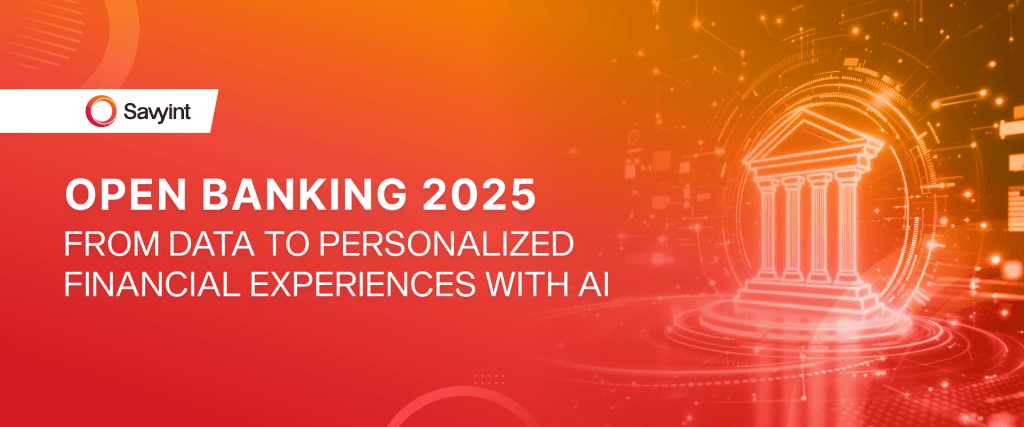The year 2025 marks a transformational shift in the Finance – Banking industry as Open Banking combines with Artificial Intelligence (AI) to deliver highly personalized financial experiences – faster, smarter, and better aligned with each individual’s needs.
In the Open Banking ecosystem, where financial data is securely and transparently shared via APIs, AI acts as the “brain” that rapidly processes this data to generate personalized recommendations, predictions, and automated financial actions. Here’s how AI is reshaping Open Banking:
- Superior Personalization in Financial Services
Today’s customers increasingly demand tailored financial solutions. By learning from behavioral and transactional data, AI enables banks and third parties to offer highly relevant financial recommendations based on each user’s profile, spending patterns, and goals. These include smart budgeting suggestions, loan proposals matched to repayment capacity, or real-time cash flow analysis for improved financial control.
- Enhanced Fraud Detection
Security remains a top priority in digital finance. By analyzing behavioral trends and standard transaction patterns, AI systems can detect anomalies and proactively flag suspicious activities in real time – often before damage occurs. AI also supports the deployment of Zero Trust security models, where every access request is treated as untrusted until verified. With continuous monitoring and threat detection capabilities, AI becomes a trusted guardian of users’ financial data.
- Real-Time Data Processing
The finance industry generates massive volumes of data every day – from transactions and credit scores to behavioral signals. AI is the only technology capable of processing and analyzing these large datasets in real time while turning them into actionable insights. For organizations, this means smarter decision-making. For users, it represents a leap from simply viewing account balances to receiving real-time, personalized financial advice.

- Upgraded Customer Experience
AI-powered chatbots using Natural Language Processing (NLP) are becoming increasingly common in financial institutions. These systems operate 24/7, significantly reduce service costs, and provide instant responses to investment inquiries, debt management questions, account lookups, and more – all contributing to higher customer satisfaction and loyalty.
- API Integration and Embedded Finance
Open Banking extends far beyond traditional bank accounts. Thanks to API and AI integration, financial services can now be embedded across diverse digital platforms – from ride-hailing apps and e-commerce to social media.
This means customers can make payments, purchase insurance, or access financing directly within non-banking apps – enabling a seamless and contextual financial experience.
- Banking-as-a-Service (BaaS) Models
AI is accelerating the growth of Banking-as-a-Service (BaaS). Businesses can integrate AI and financial APIs to provide banking-like services without holding a traditional banking license. This fast, flexible, and cost-efficient model is redefining how financial services are delivered and is reshaping the global competitive landscape.
- Flexible Variable Recurring Payments (VRPs)
Instead of fixed monthly payments, users can now authorize systems to adjust payment amounts and timing based on their account status, income fluctuations, or financial priorities. AI plays a central role in enabling this flexibility by setting intelligent financial triggers – ensuring that all transactions remain automated, secure, and within user-approved parameters.
AI is truly transforming data into experience – enabling hyper-personalized financial services for every user. In the race toward inclusive and intelligent finance, the leading edge belongs to those organizations that master data and seize emerging trends with agility and vision.







